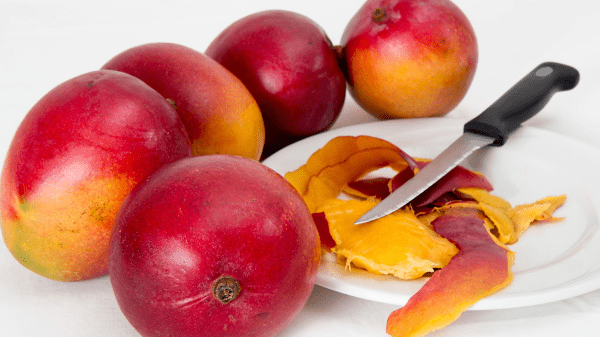Bad weather has taken a toll on Peruvian mangos.
Mango plantations (and other crops) were greatly affected by heavy rainfall, generating very high humidity, to which was added high temperatures that have been between 2 and 3 degrees above the average of the last 20 years, as a result of the Niño Costero, according to Juan Carlos Rivera Ortega, a specialist in mango exports, quoted by Agraria.
He said both factors have contributed to the flowering of the 2023-2024 crop being very poor.

“We are talking about flowering between 10-30 percent in the field, so there is low production in the 2023-2024 campaign, which is delayed and would only begin in November and December, and could even be a shorter campaign,” said Ortega.
He pointed out that an estimate of Peruvian production for the 2023-2024 campaign amounts to 250,000 tons, which would mean half of what was recorded in the previous campaign, where it reached 500,000 tons.
Another uncertainty in the mango industry is the presence or absence of rain, since if it occurs, it will hit the sector more.
“Without rain, the outlook is little production. If a rainy scenario occurs, the situation becomes very complicated, both from a phytosanitary point of view as it would generate the emergence of pests and fungi due to the high temperature and humidity, which implies that the mango could suffer attacks from pathogenic elements such as anthracnose, fruit fly, red spider, among others,” he said.
On the other hand, there is the logistical issue, since, if heavy rains occur, the roads to and from the plots would be flooded and could collapse.
In that sense, he pointed out that in a pessimistic scenario, with the presence of rain, between 30-40 percent of the production could be exported, that is, it would not exceed 100,000 tons. While in an optimistic scenario (without rain) between 60-70 percent of the production would be shipped, so up to 200,000 tons could be reached.
Regarding the size of the fruit, he indicated that large calibers are expected because the trees do not have much load, and all their energy is directed to nourishing the few fruits.
Rivera also pointed out that in the 2023-2024 campaign there will be little mango worldwide, since the El Niño phenomenon affects several countries, including Ecuador and Brazil, which are competitors of Peru, and will also see their production decrease, resulting in less fruit in international markets.
This lower volume would likely generate an increase in price, he said.



